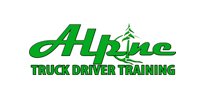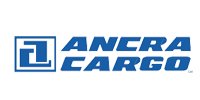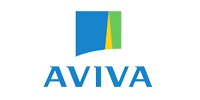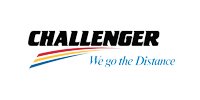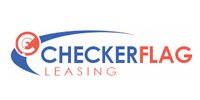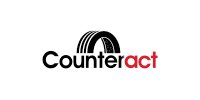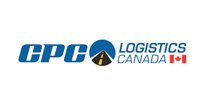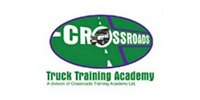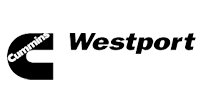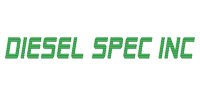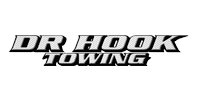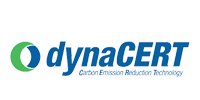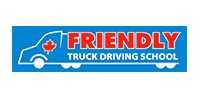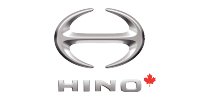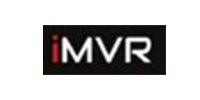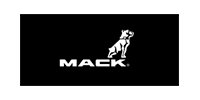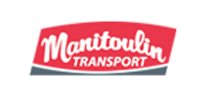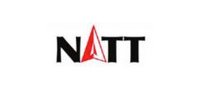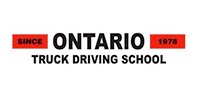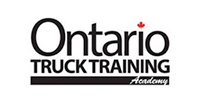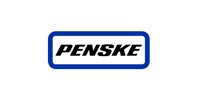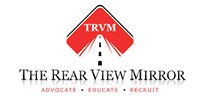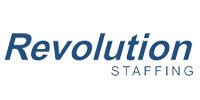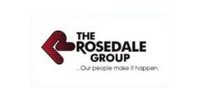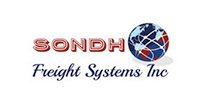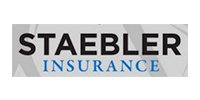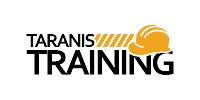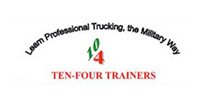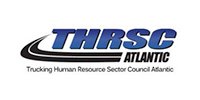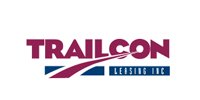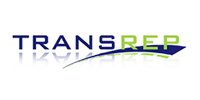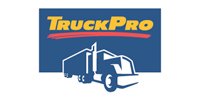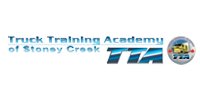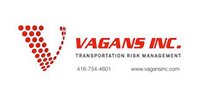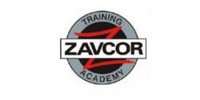Embrace a for-hire mindset to offset the price of your private fleet
“We’re in the business to turn a profit, and we do.”
- Derek Comfort, Ippolito Transportation
There was a time when the Ippolito Group relied on other businesses to haul its loads of fruit and vegetables. But in 1996 it established a private fleet in the form of Ippolito Transportation. Trucks, trailers and their drivers became rolling brand ambassadors; the control over shipments increased; transportation costs began to drop.
Then the revenue began to grow.
At first, the fleet based in Burlington, Ontario began to haul the occasional load of produce for similar vendors who were shipping to the same pool of Canadian grocers. Retailers began booking their own space on the trailers, and then other customers emerged. Today, Ippolito’s sister companies account for a mere 25% of the freight. A traditional cost is now a source of revenue.
“We’re not in the business just to remain revenue-neutral,” stresses Derek Comfort, vice-president of transportation. “We’re in the business to turn a profit, and we do.”
The concept of a private fleet as a profit centre may be foreign to some managers, but a for-hire mindset can offer a way to offset the rising costs of fuel, equipment and maintenance. This is especially true when focusing on trailers which tend to be empty for part of their journeys. Diesel will burn, tires will wear, and drivers will be paid whether there is any freight on board or not.
“Private fleets are realizing that there is an open market for them to cut down their transportation costs, and there are a variety of ways to approach that,” says Joel Beardsley, business development manager for Private Fleet Backhaul, which books freight for about 400 dedicated and private fleets. “By developing a backhaul program, by developing backhaul lanes where they have a heavy saturation of capacity, they’re cutting transportation costs -- and that makes their company as a whole more successful.” Even sustainability plans are supported. Fully utilized equipment reduces the number of tractor-trailers running up and down the highway.
“Transportation doesn’t necessarily always have to be a cost,” agrees Brad Young, director of product marketing for TMW Suite, a fleet software platform from TMW Systems. In cases like Ippolito, the added revenue can even give birth to a whole revenue-generating business division.
Searching load boards or finding partners to fill the occasional backhaul is hardly a new approach to the business of private trucking, but the fleets which want to pursue the opportunities in a broader way have other issues to consider.
“Integrating the planning and execution of private fleet and for-hire raises some interesting challenges,” concludes Descartes Systems Group, in a recent white paper entitled Bringing Together Private Fleet and For-Hire Transportation Yields Improved Operational Results. “While the objective is usually to provide the lowest cost of delivery, success demands that integration must encompass delivery training needs, equipment, special services, etc.” The requirements for pricing, planning and executing the assets involve different information and business processes.
“When addressing effective private fleet operations, managers must consider such elements as asset utilization, driver and vehicle availability, driver skills, driver performance management and pay considerations. They must also take into account compliance issues such as Hours of Service, vehicle inspections and fuel tax reporting,” the authors added. “These are all significant factors in the planning and execution process.”
It explains why some of a private fleet’s early wins tend to focus on existing delivery lanes and familiar business partners.
Of course, the business does not fall from the sky. “It might be as simple as utilizing load board services to find those backhauls. It might simply be salespeople who were selling services for one division now offering a transportation component to new customers,” Young says. “I don’t want to say it’s easy to do that, but it certainly can be done.”
Jamie Williams, president of PeopleNet -- which provides onboard computing and fleet communications -- suggests many private fleets find additional freight by working with the same for-hire fleets that are sometimes used to address capacity shortages. “It’s a benefit to the for-hire carrier because they are not giving up that freight, essentially, to a competitor.”
One of the biggest challenges after accepting additional freight will come in the form of scheduling. The advantages of having a private fleet in the first place cannot be sacrificed in the name of a few extra dollars. “I might take a head-haul lane out to one of my facilities, and there might be a perfect backhaul, but it might cause me to lay over for the evening when I really need that trailer back at the [Distribution Centre],” Young adds. “Sometimes they don’t have the ability or the luxury to wait.”
To Beardsley, the best backhaul opportunities for linehaul operations balance schedules and distances alike, with the new freight picked up within 40 kilometres of where the original freight was unloaded. “Oftentimes, because of Hours of Service [limits], drivers can’t afford to sit and live load and live unload. Now you have to look at whether you can drop and hook.”
“That same level of intensity, focus, service, and performance has to be there as well, in addition to making sure their operating team and their drivers are taking care of their own freight, and that takes time,” he adds.
Those who want to chase more of the freight may also need to add to the size of the fleet. “Instead of sacrificing a sister division, we would expand our fleet, expand our warehouses,” Ippolito’s Comfort says.
The added resources are not limited to trucks and trailers, either. Today’s for-hire customers demand more data about their shipments than ever before, he explains. His company’s TMW software platform and GPS tracking capabilities from Shaw Tracking deliver that.
Young, meanwhile, refers to the need to add customer service people, as well as the systems which offer customers access to the data. A private fleet with activities tightly integrated in an internal Warehouse Management System may suddenly face customers who want to transfer data over an Electronic Data Interchange.
In fact, every new customer can present unique demands, particularly as different types of freight are picked up. “If you’re hauling beer, then you’re already set up to haul beer. You know what the expectations are, you know what your customer’s expecting,” says Mike Ham, vice-president of Shaw Tracking. “Now all of a sudden, you’re hauling frozen meat, you’re hauling orange juice, you’re hauling produce, you’re hauling liquids to a variety of different customers, and every customer is different.”
Scheduling needs can represent the biggest differences of all. “They may be very sensitive to when you’re in their yard and when you’re out of their yard,” he says. If the timing is wrong, the fleet could face an unwanted accessorial charge.
A private fleet’s internal customers tend to be more flexible when discussing delivery windows, Comfort says. Questions can often be answered with little more than a quick visit to the office next door. In contrast, for-hire customers are more likely to present specific pick-up and delivery times, complete with the non-compliance fines for any missed delivery window.
“It changes the sense of urgency, the mindset of how you use the tools, and how you manage those assets and those relationships,” Ham says. “That’s a different matrix and a different set of expectations; it’s a different animal in terms of how they demand information. Shippers and customs brokers want more documentation. They want cross-border information in advance.” That might require new scanning and printing tools in a fleet’s truck cabs.
Every gain will require more transparency, allowing evermore people to tap into the data. “The technology is getting superior by the day now from a route-management standpoint. Not only does dispatch and operations and management know what’s going on with the workflow, but the customer knows,” says Williams.
Above all, it’s a different way of looking at the business. “It’s a cultural change from where people say, ‘We’re at the back of the building and we facilitate delivering widgets from off the assembly line,’” Ham says. “It becomes, ‘We’re across North America with deadhead miles and empty space. Let’s fill them.’”
That can be a challenge for existing staff. Those who have only served internal clients or worked with one type of freight may struggle with new demands and procedures from external customers. To Williams, part of the solution comes in the form of in-cab navigation and compliance tools. “That new piece of business, the order will come directly from dispatch or from the private fleet in an automated format, and it will tell a driver what he has to do, where he has to go, how he has to get there, what he has to pick up, and if there’s any special notes that has to be addressed when he does the pickup. That’s all sent to him directly. He’s not writing things down. He’s not pulling over to the side of the road to check a map on where he’s got to go. He’s not trying to figure out what time he can be there, what time he can pick up. All that’s automated.”
The systems also need to track whether the driver has the hours in a logbook to complete the extra load in the first place.
Additional training can address some of the other needs. “Before you pursue a backhaul program, you need to ensure you understand every possible aspect of the piece of business you’re about to take on. That includes driver training. That includes giving your driver a strong standard operating procedure that gives them a clear understanding of what they’re going to be handling,” Beardsley says. “At the end of the day, you can do all the planning and matchmaking you want, but it will come down to whether that driver will be successful, so you want to give him the tools. You want to give him good instructions that are clean and easy to follow.”
And the profits do not begin to flow overnight. “It takes a long time to build up revenues and fleet size,” Comfort says. As a relatively young fleet, Ippolio still needs to overcome misconceptions that it only hauls its own produce. “We can do so much more than that.”
A long-term view may bring the most value of all. Unlike the occasional shipment picked off a load board, the right customer can offer a lasting solution to underutilized equipment in a specific lane, Beardsley says. Systems and drivers can then be optimized for the repeat business.
“The easier and more consistent and more familiar you make something,” he says, “the better it is.”



